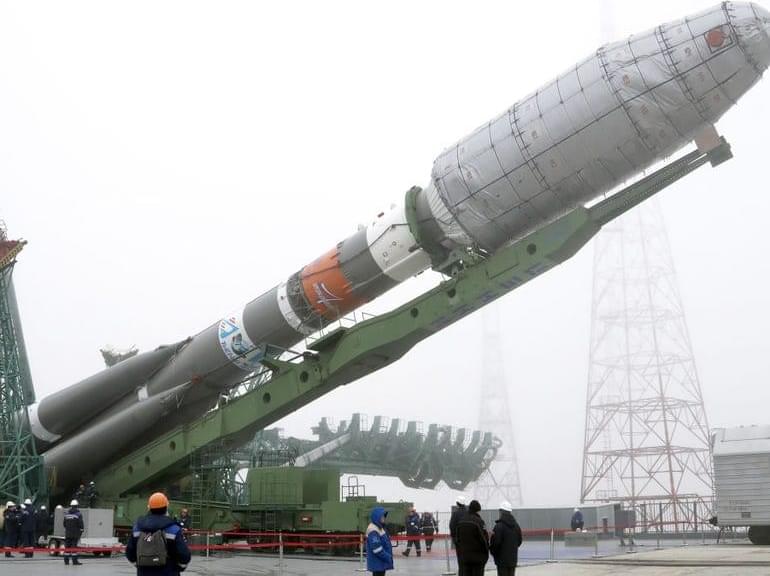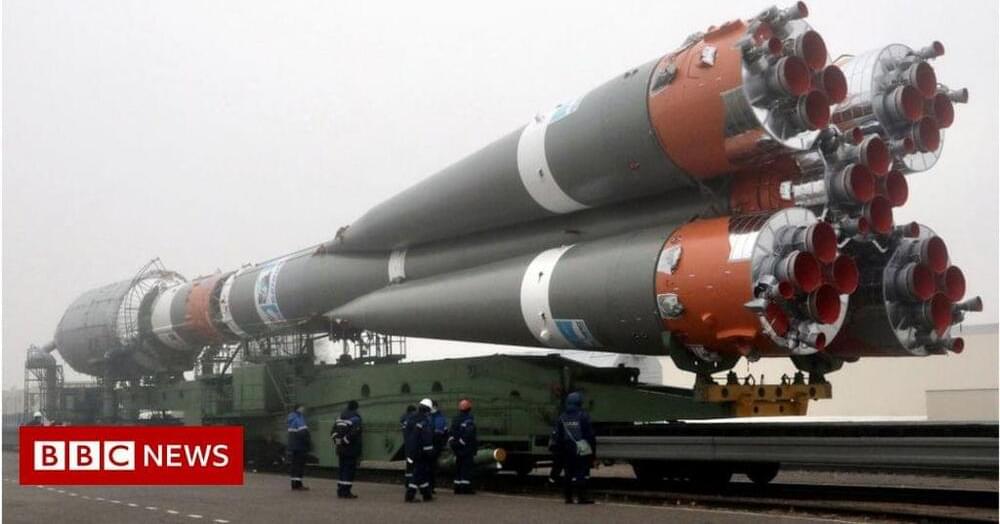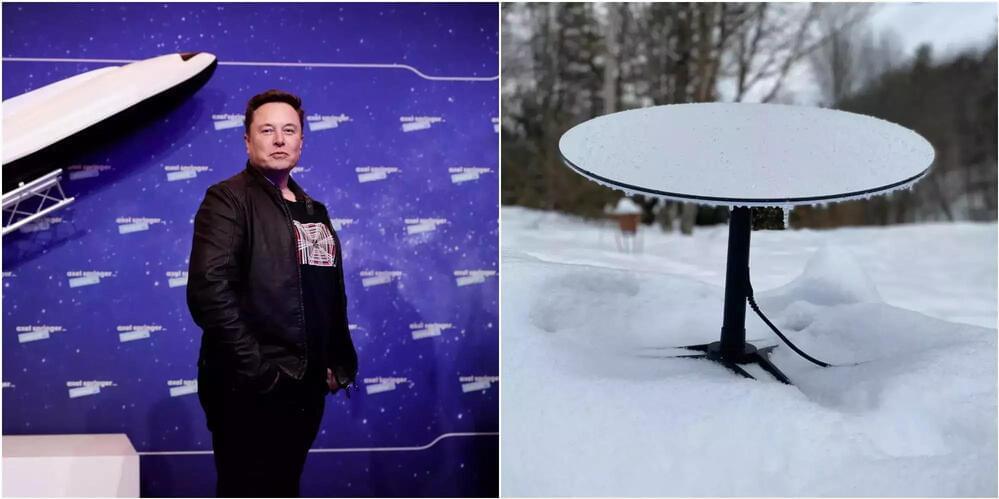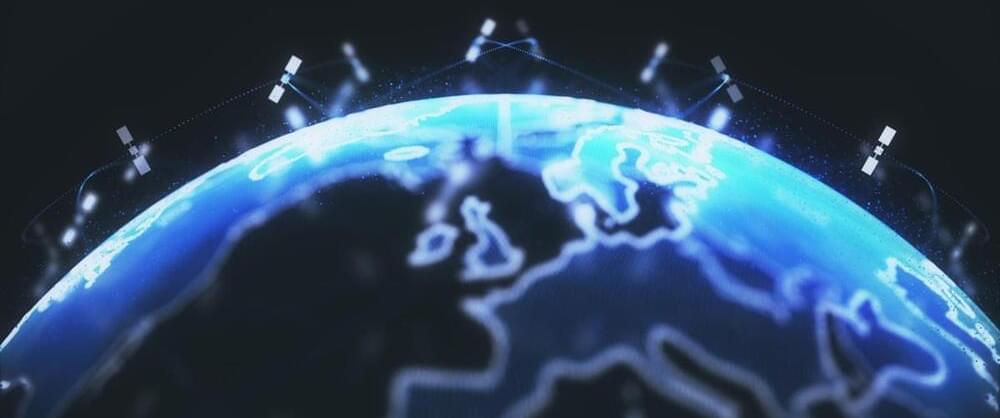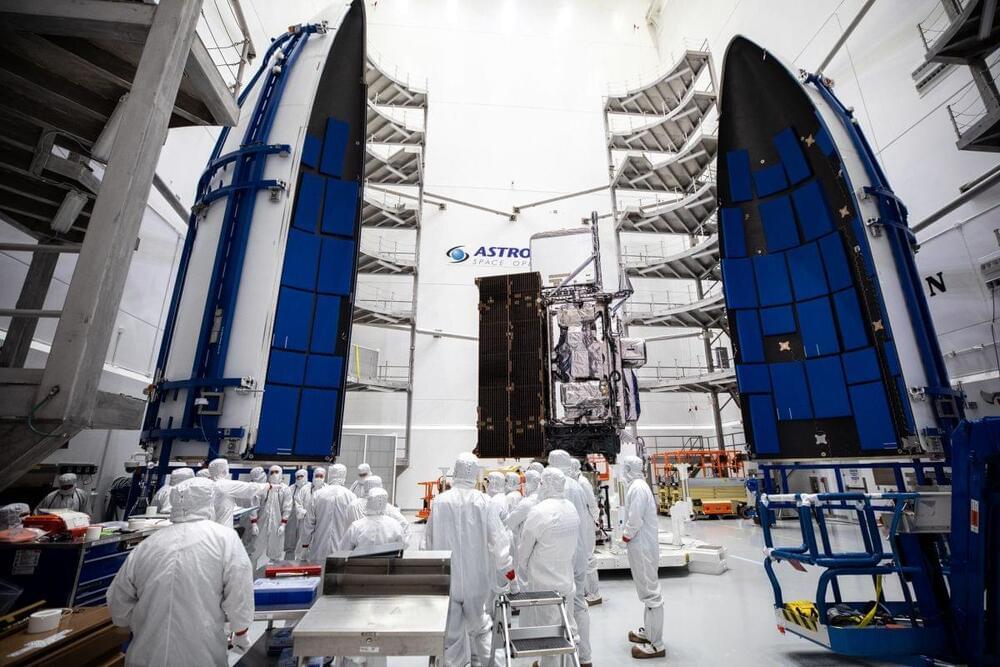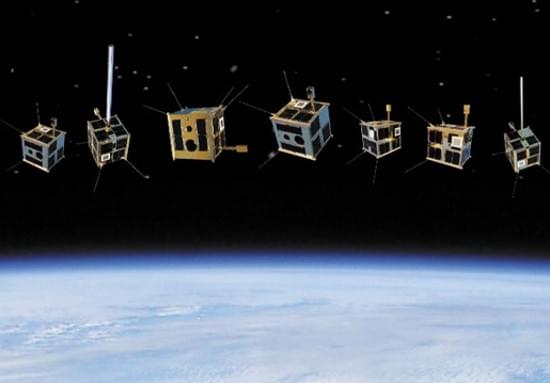Archive for the ‘satellites’ category: Page 76
Mar 2, 2022
OneWeb: UK rejects Russian demand to sell share in satellite firm
Posted by Shubham Ghosh Roy in categories: government, satellites
Russia’s space agency is refusing to launch OneWeb satellites part-owned by the UK government.
Feb 28, 2022
SpaceX Starlink: As dishes go to Ukraine, what to know about the internet service
Posted by Atanas Atanasov in categories: Elon Musk, internet, satellites
Starlink promises high speed and low latency internet access.
On Saturday, CEO Elon Musk posted on his Twitter page that Starlink service is active in Ukraine, with more terminals en route. Previously, Mykhailo Fedorov, vice prime minister of Ukraine, had tweeted to Musk on Saturday, February 26, calling for the tech billionaire to provide some assistance to Ukraine amidst the Russian attack on the country.
Starlink is designed to help people in areas without access to reliable, ground-based internet get online — so long as they have a view of the sky. Starlink promises high-speed and low latency service without relying on expensive ground-based fiber optic cables or local infrastructure. Just point a dish at the sky, and the supplied hardware will connect to the internet using the satellites orbiting above.
Feb 28, 2022
Advanced new GOES-T weather satellite is ‘go’ for launch on March 1, NASA says
Posted by Genevieve Klien in category: satellites
Once it’s in space, it’ll be known as GOES-18.
“A big part of the GOES-R [series] mission is actually doing solar observations,” said Pam Sullivan, NOAA’s GOES-R program director.
Before GOES-T can begin its weather-watching mission, it does have to reach space. To do that, it will need good weather.
Continue reading “Advanced new GOES-T weather satellite is ‘go’ for launch on March 1, NASA says” »
Feb 27, 2022
Elon Musk Says Starlink Satellite Internet is Now Active Over Ukraine After Plea from Vice Prime Minister
Posted by Genevieve Klien in categories: Elon Musk, internet, satellites
The tech billionaire activated broadband satellite service to help Ukrainian citizens remain connected despite the unprovoked Russian invasion.
Feb 26, 2022
Ukraine appeals to Elon Musk for Starlink satellites to maintain Internet
Posted by Shubham Ghosh Roy in categories: Elon Musk, internet, satellites
Vice Prime Minister Fedorov reached out to Elon Musk for Starlink internet service in a last-ditch effort to restore internet access. As Russian forces approach Kyiv, Ukraine has been suffering internet problems.

Mykhailo Fedorov, Ukraine’s Vice Prime Minister and Minister of Digital Transformation contacted SpaceX CEO Elon Musk about the company’s Starlink satellite broadband service.
Continue reading “Ukraine appeals to Elon Musk for Starlink satellites to maintain Internet” »
Feb 26, 2022
Putting Space Garbage Trucks in Orbit is a Needed Priority This Decade
Posted by Len Rosen in category: satellites
The thousands of defunct satellites and tons of orbiting space debris necessitate a low-Earth orbit cleanup starting this decade.
Feb 21, 2022
Elon Musk’s Starlink Satellite Dishes Are Attracting Cats
Posted by Kelvin Dafiaghor in categories: Elon Musk, internet, satellites
The heat from Starlink’s receiver dishes is helping felines and other small animals stay warm through the cold winters.
Starlink is an important project of SpaceX and Elon Musk to provide high-speed satellite Internet to mankind. Although it is not yet clear how we humans will benefit, this project is definitely being extremely popular with cats, at least for the time being. The reason is because Starlink’s receiver dishes are becoming the ideal place for cats to rest and warm up in the cold winter.
Specifically, on a Twitter post on New Year’s Eve, one user named Aaron Taylor captured an image of 5 cats cuddled up on one of Starlink satellite dishes. Meanwhile, though the outdoor temperature seemed quite low and the ground was still covered with snow, the heat emitted from the receiver dishes appeared to be enough to warm the kittens, making them continue to lie there.
Feb 15, 2022
Dr Joel Mozer, PhD — United States Space Force — Director of Science, Technology, and Research
Posted by Ira S. Pastor in categories: engineering, finance, government, military, policy, satellites, science

The Future Of Space Tech & Innovation — Dr. Joel Mozer Ph.D., Director of Science, Technology & Research, United States Space Force.
Dr. Joel Mozer is the Director of Science, Technology, and Research, United States Space Force (https://www.spaceforce.mil/).
